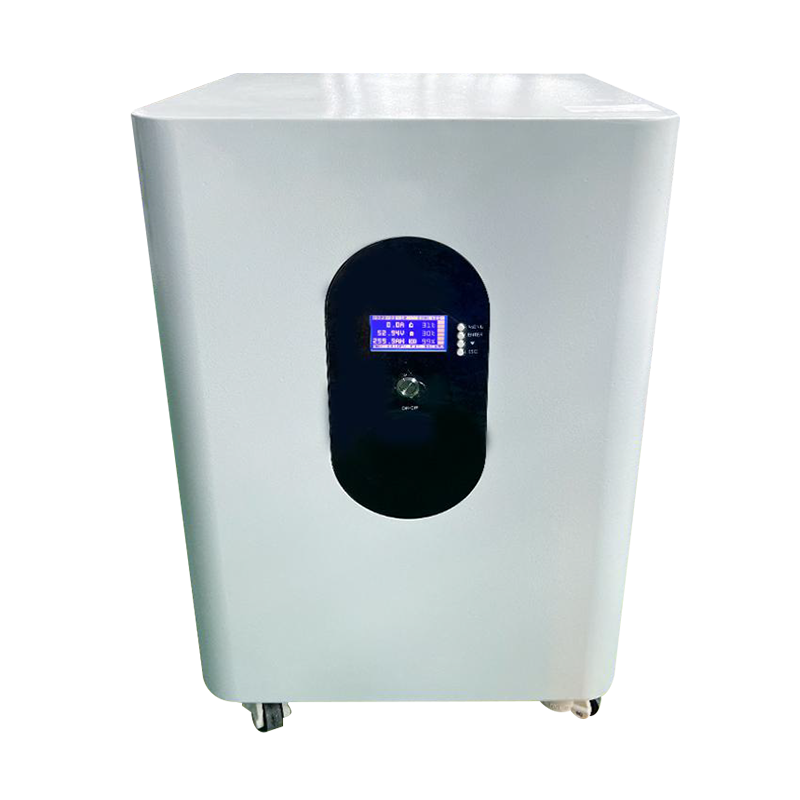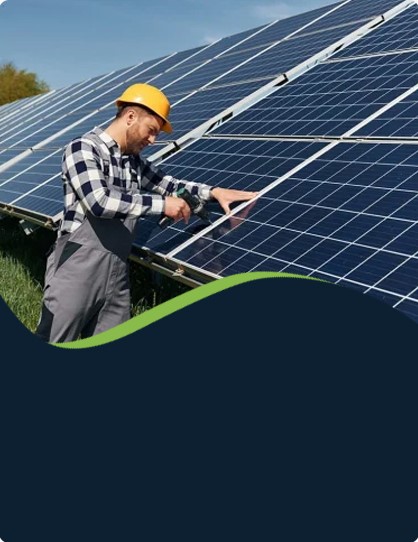
-
[email protected]

-
Building 1, No. 21 Shengfa Road, Lucheng District, Wenzhou, Zhejiang, China



Photovoltaic (PV) modules, commonly referred to as solar panels, are essential components in solar energy systems. These modules convert sunlight directly into electricity using the photovoltaic effect, which makes them a practical tool for sustainable energy generation across residential, commercial, and industrial sectors.
Photovoltaic (PV) panels convert sunlight into electricity using semiconductor materials, typically silicon. They are a sustainable energy solution, reducing reliance on fossil fuels. PV systems can be installed on rooftops or open land, requiring small maintenance. With advancements in efficiency and affordability, solar panels are increasingly popular for residential and commercial use. They contribute to lower energy costs and reduced carbon emissions.
A standard PV module consists of multiple solar cells, typically made from semiconductor materials such as silicon. These cells are electrically connected and encapsulated within a protective structure. The front of the module usually includes a layer of tempered glass, which provides physical protection while allowing sunlight to pass through. Behind the glass is a layer of encapsulant material, followed by the solar cells themselves. Additional encapsulant and a backsheet are added for insulation and environmental protection.
The frame of the module, often made from aluminum, supports structural integrity and facilitates mounting. Electrical connections are made through junction boxes located at the back of the module, and bypass diodes are frequently integrated to prevent power loss due to shading or minor defects.
PV modules can be categorized based on the type of solar cells used:
Monocrystalline modules: These are made from single-crystal silicon and are known for their consistent appearance and efficiency across a range of lighting conditions.
Polycrystalline modules: Comprising multiple silicon crystals, these modules are generally simpler to manufacture and are widely used for various installations.
Thin-film modules: Made by depositing photovoltaic material onto substrates such as glass, plastic, or metal, these modules offer flexibility in design and application, though typically at a lower efficiency compared to crystalline options.
PV modules are employed in a wide range of environments. In residential settings, they are often mounted on rooftops to offset electricity consumption or feed energy back into the grid. Commercial buildings use larger systems to reduce energy costs and contribute to environmental goals. In remote or off-grid locations, PV modules provide a dependable source of electricity where conventional power infrastructure is unavailable.
In addition, PV modules are used in mobile applications such as RVs, boats, and portable power systems. They also support agricultural operations through water pumping and solar-powered lighting systems.
Several factors influence the performance of a PV module. These include the amount of sunlight available, the angle and orientation of the module, ambient temperature, and shading from surrounding objects. Efficiency ratings are typically provided by manufacturers, indicating the percentage of sunlight that is converted into usable electricity under standard testing conditions.
Proper installation and maintenance are key to ensuring long-term performance. Regular cleaning and inspection help maintain output and extend operational lifespan. Dust, bird droppings, or debris can reduce the module's exposure to sunlight and lower energy production.
PV modules offer a way to generate electricity with limited environmental impact. They produce no emissions during operation and require small water resources. Over time, the energy generated from PV modules can offset their initial manufacturing and installation costs, making them a practical investment for many users.
Additionally, advancements in manufacturing techniques and materials continue to improve the affordability and durability of PV modules, supporting their adoption worldwide.

Your email address will not be published. Required field are marked*
